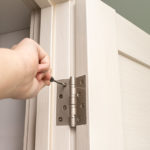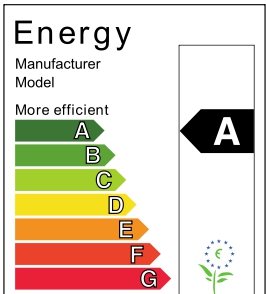Express Doors Direct ▸ Blog ▸ What is a door leaf?
Doors are an essential aspect of a modern home. Every home has one, every person knows what they are.
But for something so universal, there are a lot of technical terms used around them. Words like jamb, hinge or phrases like ‘prehung door’ can all make a simple decision like picking a new internal door feel unnecessarily confusing, even overwhelming.
(For the record, a door jamb is part of a door frame, a hinge is what attaches the door to the frame, and a prehung door is one that is delivered to the customer already installed in its frame. Simple concepts, confusing words.)
Another term that is often bandied around about doors is ‘leaf’. This one’s a little tougher to get into, as people often have follow-up questions to the basic explanation.
This is why we’ve put together a whole article to answer the question ‘what is a door leaf?’ We’ll look at what the term means, where it comes from and the different ways it is used.
What is Meant by Door Leaf?
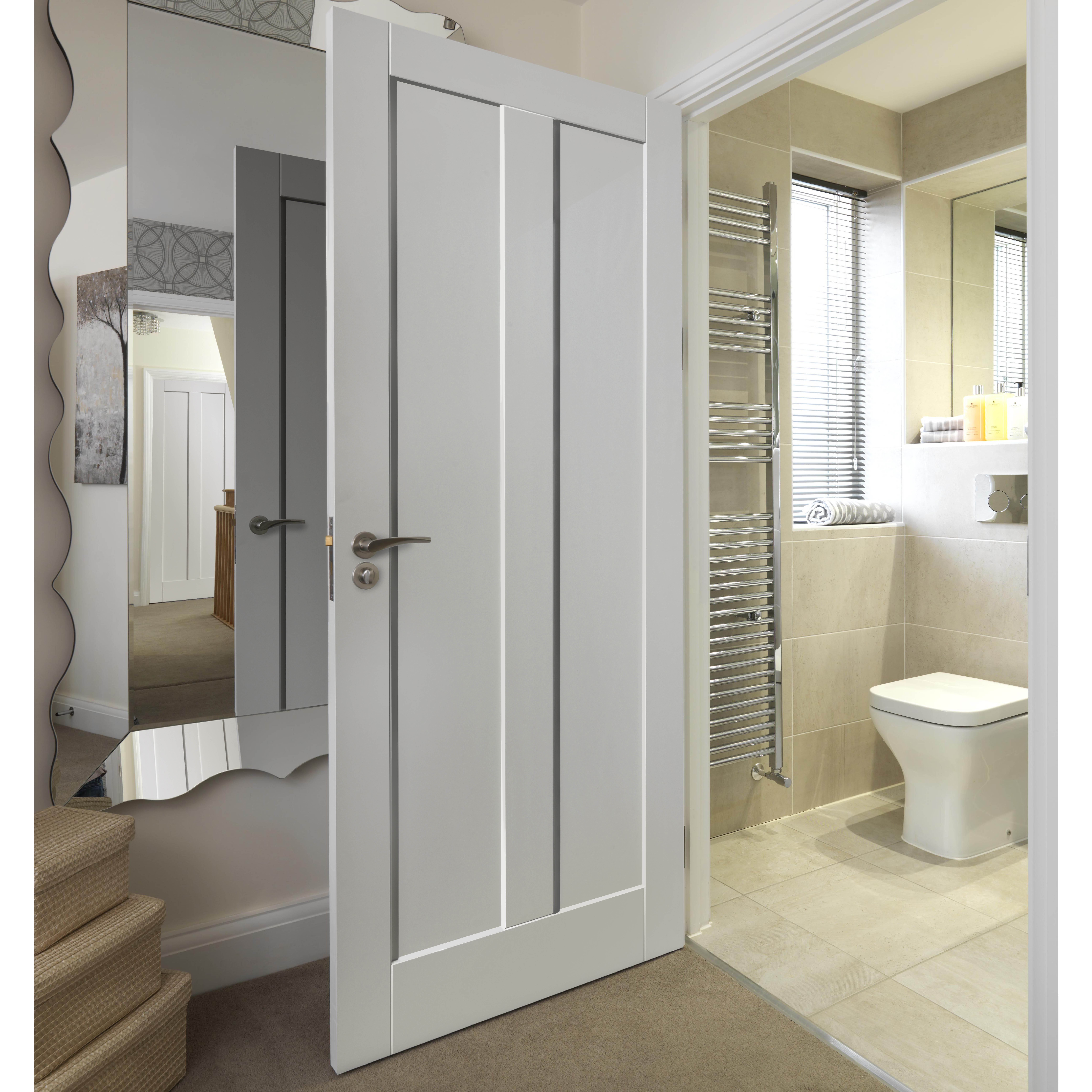
A door leaf is, basically, what most people know as a door.
To get technical with a door leaf definition, it is actually just one part of the door. It is the main panel that opens and closes. This doesn’t include the additional furniture and hardware, like hinges and handles. It is just the slab of wood that is the door.
Under this broad meaning, all the usual door distinctions can apply. Core material, construction, colour and glazing can all be different but that single panel can always be classed as a door leaf. Even ‘specialist‘ doors like fire-rated doors or front doors still consist of a leaf sitting in a door frame.
When it comes to folding door systems, such as bifold doors, every single panel is its own ‘door leaf’. Even though the panels are hinged together, each separate panel is a considered a leaf.
When it comes to the question of ‘what part of the door is the leaf?’ the answer basically boils down to a ‘singular door panel’.
Why is a Door Called a Leaf?
This is one of those questions that could niggle away at you, whenever the word comes up. Unfortunately, the history of using the term to refer to a door is lost.
It’s thought to go back as far as the 17th Century, but that is all the information that is available about it. We think it’s a good bet there’s a tree connection (historically, doors were exclusively made of wood) but that is all we’ve got.
What is the plural of door leaf?
Another reason to draw a connection between trees and a door leaf is that they both follow the same plural. The plural when it comes to doors is also door ‘leaves’.
This is the same whether you are referring to multiple door leaves around the house, or a pair of door leaves in one opening to form a double door.
What are Single and Double Leaf Doors?
So, yes, you can get doors with more than one leaf in them at a time. Some, such as sliding doors, will be a mix of static and moving panels. Other doors will have leaves that all move.
Here are a few examples of door leaf configurations you might come across.
What is a single-leaf door?
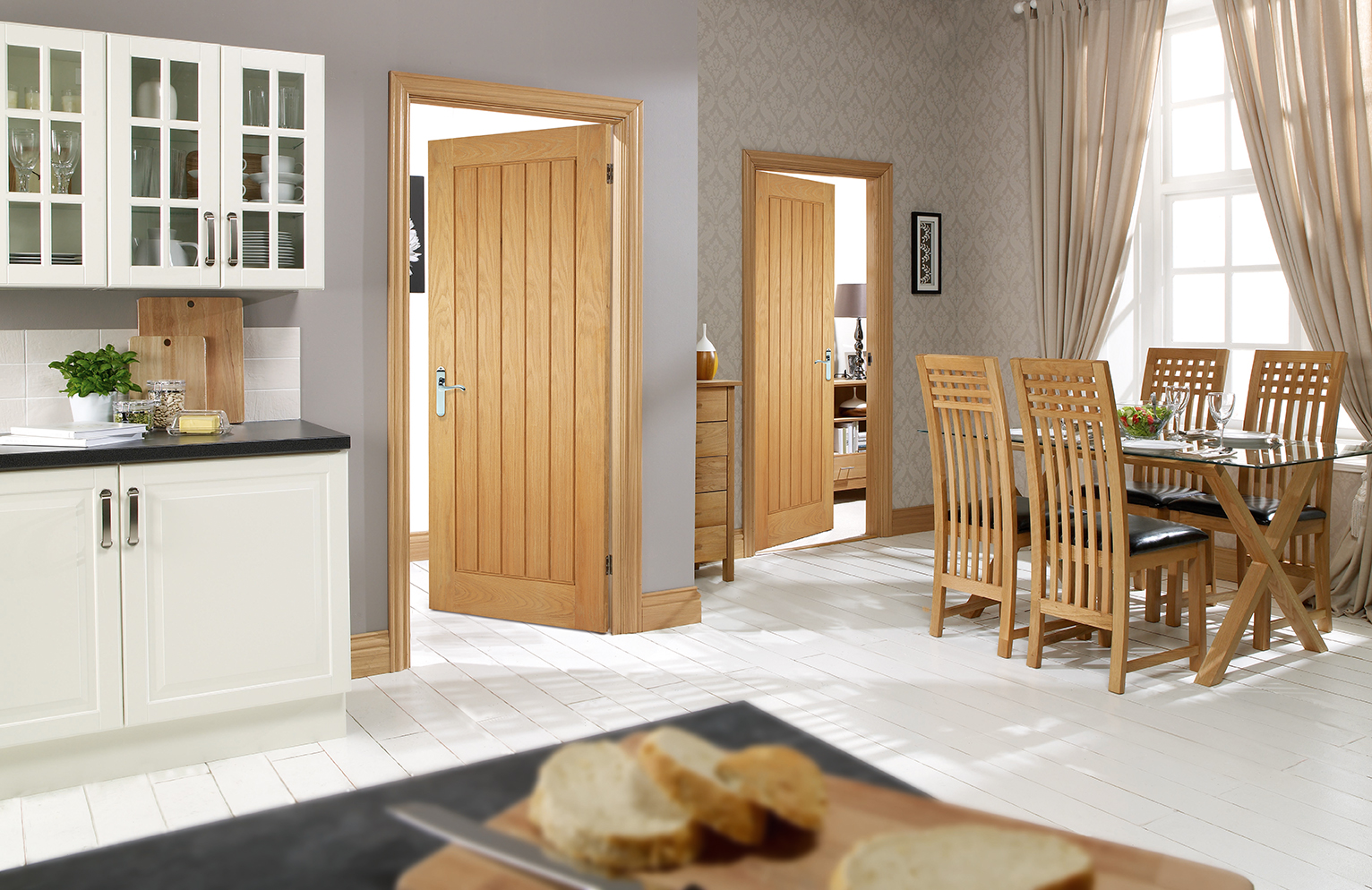
A single-leaf door is a door that is made of a single panel that sits inside the door frame when closed. This is the most common type of door, and chances are you will have a couple of these in your house somewhere.
What is a double-leaf door?
Any door set that features a pair of doors together is called a double-leaf door. They are also known as French doors.
French double doors are usually installed with hinges on the outside, against the doorframe, and they open in the middle. They generally have glass panels to create visible sightlines between rooms with the door closed.
A pair of French doors make a wider opening, helping people create a sense of flow from one room to another. They are a popular way of creating the feeling of an open-plan space while still allowing the potential to keep one space separate from another.
What is an inactive leaf?
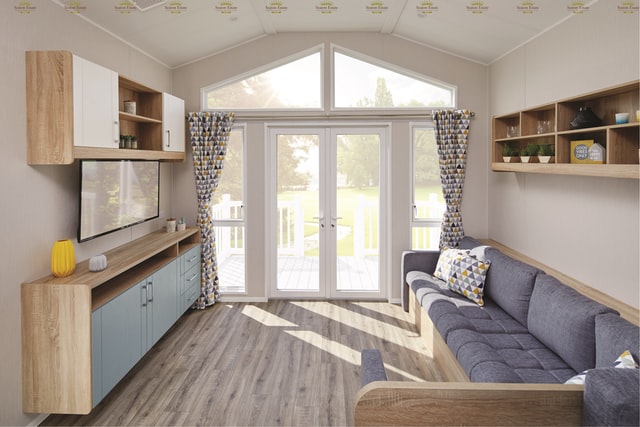
With double doors, the inactive leaf (or slave door) is the one that doesn’t have the latch attached. It will usually have a strike plate fitted to the surface of the door, which holds the latch but no mechanism. With single leaf doors, this plate is fitted to the door frame instead.
The active leaf will have the latch (or locking mechanism) attached to it. It is usually impossible to open the inactive leaf without opening the active one first, which is why it is so often designated as the traffic door (see below for more about traffic doors).
It is possible to have the left or right door leaf installed as the active leaf. The decision can only be made before the latch is installed though – after this, the moving part of the door will be set until the door is replaced.
What is a traffic door in double-leaf doors?
Double leaf doors can also be used to function as a single leaf door, with the use of a simple shoot bolt door lock. This can secure one of the door leaves/panels in place, while the other is still used as an opening.
The door which opens is then called a traffic door. It is also often called the active door, though this actually has a slightly different dictionary definition.
What is a leaf and a half door?
A leaf and a half door feature one standard-sized door leaf and then one narrow leaf. The smaller leaf is always the inactive one and rarely opened. These are usually used in commercial buildings, for a room that may need bulky items to be taken in and out of. It allows you to temporarily widen a door opening when needed.
They are often self-closing or simply stay locked in place the majority of the time. They occasionally have windows in them, but shouldn’t be confused with sidelights. Sidelights are fixed in place permanently.
Door Leaf Sizes

Door leaves come in a range of dimensions, as door openings tend to vary in size.
There is not much variation in vertical height, and most leaves will be between 1981mm and 2040mm. There is a bigger difference in horizontal size, as they can be anything from 686mm through to 838mm. Doors bigger than this usually feature two or more leaves to fill that space.
When it comes to the door leaves used in sliding doors or bifold doors, there is a lot more variation depending on the restrictions created by glass and frame strength.
Door Leaves, Explained!
Like so many technical door terms, a leaf is just another example of a simple concept with an industry-specific name. It helps to know that it refers to the door only and it helps to have a word that specific when you’re manufacturing, selling and buying doors. But outside of this it rarely comes up.
We hope that if it comes up for you now, you will understand exactly what is meant by the term. It will help you to know exactly what you need when purchasing a new internal or external door, and help you decide which one is right for you.
Related Posts:
"It is about the realities of what makes for an attractive, civilized, meaningful environment, not about fashion or what's in or what's out. This is not an easy job."
– Albert Hadley
Available in a range of sizes, designs and colours with a #MadeToMeasureDoors service available too.
Email [email protected] to book in for 2024.




















































